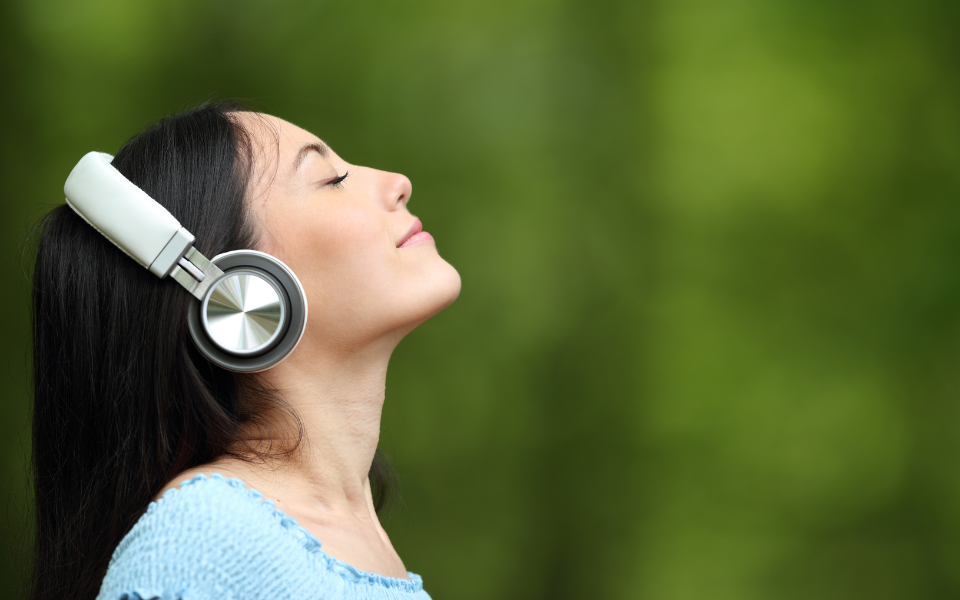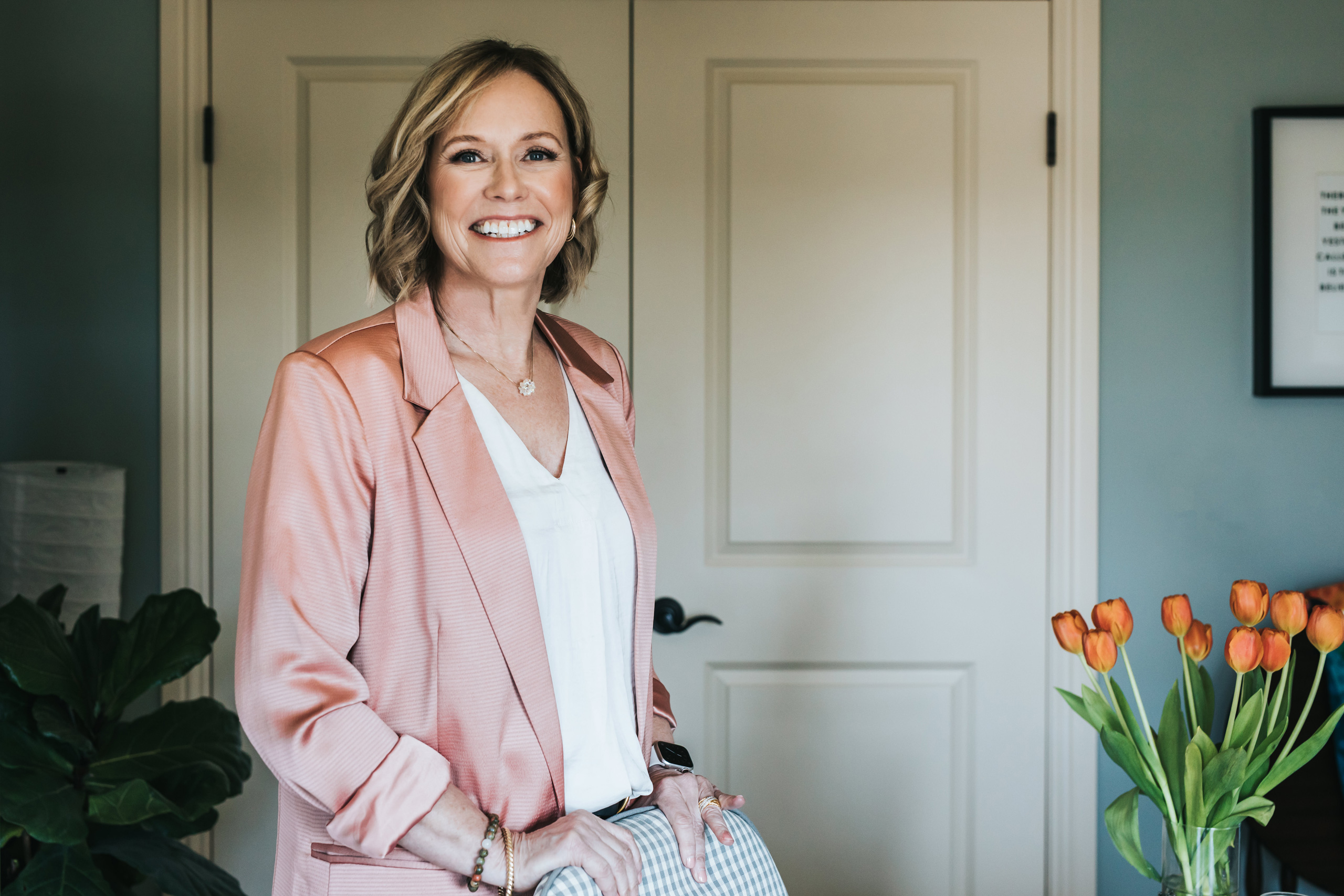Guided vs. Non-Guided Meditation: Finding Your Inner Peace
One question arises in the mind of virtually all meditators at one time or another: What is better, a guided or non-guided meditation practice?
The choice between guided and non-guided meditation depends on your preferences and needs. Both approaches have their benefits and can be effective in different ways along your path.
Here’s an overview of each:
Guided Meditations
This form of meditation involves listening to a recorded or live voice that provides instructions, visualizations, or prompts to guide your meditation practice. Some benefits of guided meditation include the following:
- Guided meditations offer a structured approach, making it easier for beginners to follow along and stay focused.
- Guided meditations can be tailored to address specific goals such as stress reduction, relaxation, self-compassion, or cultivating positive emotions.
- If you find it challenging to quiet your mind or stay present during meditation, guided sessions can help by providing a focal point for your attention.
- Guided meditations can introduce you to different techniques, traditions, or perspectives, allowing you to explore and discover what resonates with you.
The Compassionate Mind resource page includes recommended meditation and mindfulness guided resources to awaken inner peace and help you flourish.
Non-Guided Meditations
Also known as silent or self-guided meditation, this practice involves meditating without external guidance.
Here are some advantages of non-guided meditation:
- Non-guided meditation allows you to connect deeply with your mind and body. It allows you to explore your thoughts, sensations, and experiences without external influences.
- You can choose your meditation practice’s duration, technique, and focus based on your needs and preferences.
- Non-guided meditation encourages self-discipline and self-reliance as you learn to rely on your inner resources for maintaining focus and awareness.
- Some people find that silence and solitude enhance their meditation experience, allowing for a more profound sense of tranquility and inner calm.
Non-guided meditations are ideal for folks with more meditation experience and want a more personalized approach. For example, if you know your Enneagram of personality type, you can select specific meditations that support your growth path. In Meditation And The Enneagram To Help You Flourish article, I explain why this approach is so powerful for finding inner peace and becoming the best version of yourself.
Ultimately, you may want to experiment with both guided and non-guided approaches to see which one feels more comfortable, engaging, and effective for you. You can also alternate between the two based on your needs and preferences at different times.
At some point along the meditation and mindfulness path, however, it is necessary, to be honest with ourselves about whether our practices are helping us develop a calm body, clear mind, compassionate heart, and the courage to follow a path that’s true to our soul.
Four Essential Elements For Your Meditation Practice
As we experiment with guided and non-guided meditation practices and the endless choices out there, we need to realize that these practices can be used as spiritual entertainment without resulting in lasting and significant changes. In the blog, What IS The Best Meditation For A Beginner? I provide some suggestions about establishing a core meditation practice that sets the foundation for guided or effective non-guided meditations.
Integrating practices into our lives in a way that makes a meaningful difference was explored in the book, Living Deeply: The Art & Science of Transformation in Everyday Life. This book, edited by Marilyn Mandala Schlitz, Casandra Vieten, and Tina Amorok, features contributions from various authors and experts in transformation and consciousness studies.
The authors identified that consciousness transformation is a “profound internal shift that results in long-lasting changes in how you experience and relate to yourself, others, and the world” (pp. 14-15).
They explain that this shift doesn’t make you a different person; instead, it helps connect you with who you are at your core, “independent of the social expectations and cultural conditioning that had previously shaped” your sense of self (p. 15).
The findings of their decade-long research identified four essential elements for a practice to result in a transformation. These elements are Intention, Attention, Repetition, and Guidance. We’ll explore these four in more detail as it’s essential to understand what is needed for transformation, not merely entertainment.
Intention
It’s important to clarify why we want to establish a meditation practice in the first place. Our intention helps us determine which practices will best fit us. For example, meditation and mindfulness can improve sleep, stress resilience, emotional health, spiritual connection, relationships, concentration and many other areas of our lives. Being clear about our intention is the first step in establishing a practice that will result in lasting change.
Attention
For a practice to be transformative, it must cultivate our attention and expand our awareness. As the authors shared, “Cultivating mindful attention and awareness is an act of liberation” (p. 102). Awareness is what mindfulness is all about. It’s about cultivating a way of being that enables us to be aware of our thoughts, feelings, beliefs, and bodies to gain insight and wisdom from what we observe. Without the ability to develop attention and awareness, our lives are primarily about living out pre-programmed conditioning mindlessly.
Repetition
Repetition in our meditation practice is vital to transform something within ourselves. Repeating daily routines enables us to change our lives and live more fully and deeply. In the same way that one day of strength training won’t transform our muscle mass, one day of meditation won’t result in transformation. For this reason, it’s better to meditate for 5 minutes daily than 20 minutes once a week.
Guidance
Guidance is one area that many people fall short of when relying solely on meditation apps and generic guided meditations. As the authors in Living Deeply identified, “…Instruction is essential to creating a transformative practice” (p. 106). A guide or meditation teacher that has been there knowing how to do the practices correctly and in a way that supports an individual’s unique growth path and the integration of blind spots.
Whether guided or non-guided, the path you choose in the meditation journey depends on your preferences and needs. Both approaches offer unique benefits, from structure and support to self-exploration and inner growth.
By exploring and integrating these practices into your daily life, you can deepen your connection with yourself, cultivate mindfulness, and experience profound transformation. Remember, it’s not about entertainment but about embracing the power of meditation to bring lasting changes and live with a deeper sense of inner peace and self-awareness. Find your path, follow your intention, and let meditation guide you toward a more authentic and fulfilling life.
If you feel called, please leave a comment below. Our community would love to hear from you!


2 Responses
I appreciate being reminded of these points, thanks Bev. Focused attention is a skill and done repeatedly it’s effective. Yikes! It’s funny how us humans forget that sometimes.
I sometimes mislabel simply sitting quietly for meditation. I think this is a form of inner laziness so your article is prompting me to take a look at that.
Hi Donna,
Yes, very true that focused attention is a skill, and repeated practice is the key. Many folks will resonate with what you shared about “inner laziness.” Thanks for sharing that!!